Step Inside the Past: The Fascinating Ruins of Zhuweiwei Kiln System
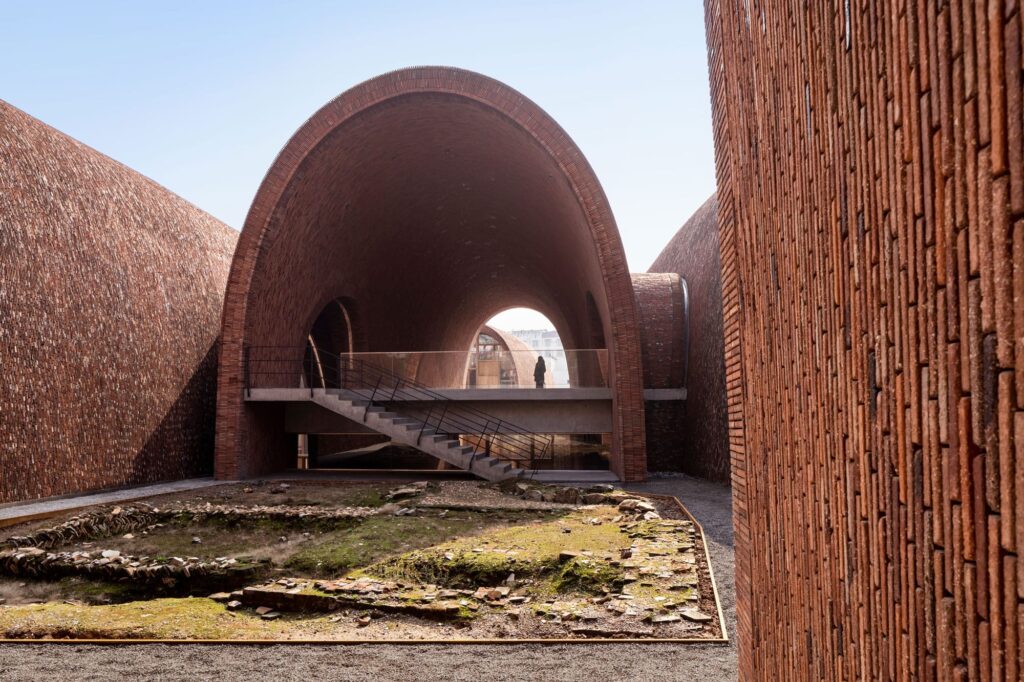
An Essential Guide to Visiting Ruins Of Zhuweiwei Kiln System
In This Guide
- An Essential Guide to Visiting Ruins Of Zhuweiwei Kiln System
- The Rich History and Legends of Ruins Of Zhuweiwei Kiln System
- Main Highlights: What You Absolutely Can’t Miss
- Planning Your Visit: A Practical Guide
- Tickets: Prices, Booking, and Tips
- How to Get There: A Complete Transportation Guide
- Local Cuisine and Accommodation Nearby
- Frequently Asked Questions
- Final Thoughts on Your Trip
Nestled in the heart of Jiangxi Province, the Ruins of Zhuweiwei Kiln System stand as a testament to China’s rich ceramic heritage. These ancient kilns, dating back to the Song dynasty, offer travelers a unique glimpse into the artistry and craftsmanship that has shaped Chinese porcelain for centuries. As you explore this historical site, you’ll find yourself immersed in a world where tradition meets innovation, where each brick and shard tells a story of cultural significance.
A Journey Through Time
The Zhuweiwei Kiln System is not just a collection of ruins; it is a living narrative of China’s artistic evolution. Once a bustling hub for porcelain production, the site reflects the intricate techniques and designs that have been passed down through generations. The kilns were part of a larger network that served the imperial courts and local markets alike, producing exquisite pieces that are now celebrated around the globe.
Why Visit?
-
Historical Significance: Understanding the kiln’s role in the development of porcelain provides insight into China’s economic and cultural exchanges throughout history.
-
Artistic Inspiration: The remnants of beautifully crafted ceramics offer inspiration to artists, historians, and travelers who appreciate the finer aspects of craftsmanship.
-
Scenic Beauty: Set against a backdrop of lush landscapes, the site provides an opportunity to enjoy the natural beauty of Jiangxi while reflecting on its historical importance.
-
Cultural Immersion: Engaging with local artisans and experts can deepen your appreciation for the skills and traditions that continue to thrive in the region.
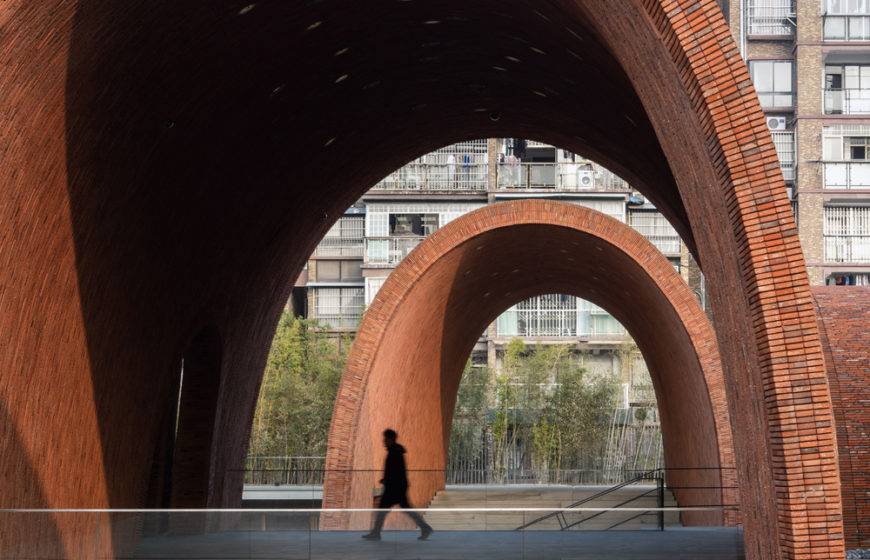
Ruins Of Zhuweiwei Kiln System.
What to Expect
Visitors to the Ruins of Zhuweiwei Kiln System should prepare for an enriching experience that combines education, exploration, and aesthetic pleasure. The journey begins with a stroll through the remnants of the kilns, where you can observe the layout and construction techniques used in ancient times. Informative plaques and guided tours provide context, detailing the significance of various features and the kiln’s historical timeline.
As you wander through the site, don’t miss the opportunity to engage with contemporary potters who still practice traditional methods. Their passion for the craft offers a unique perspective on how the past influences the present.
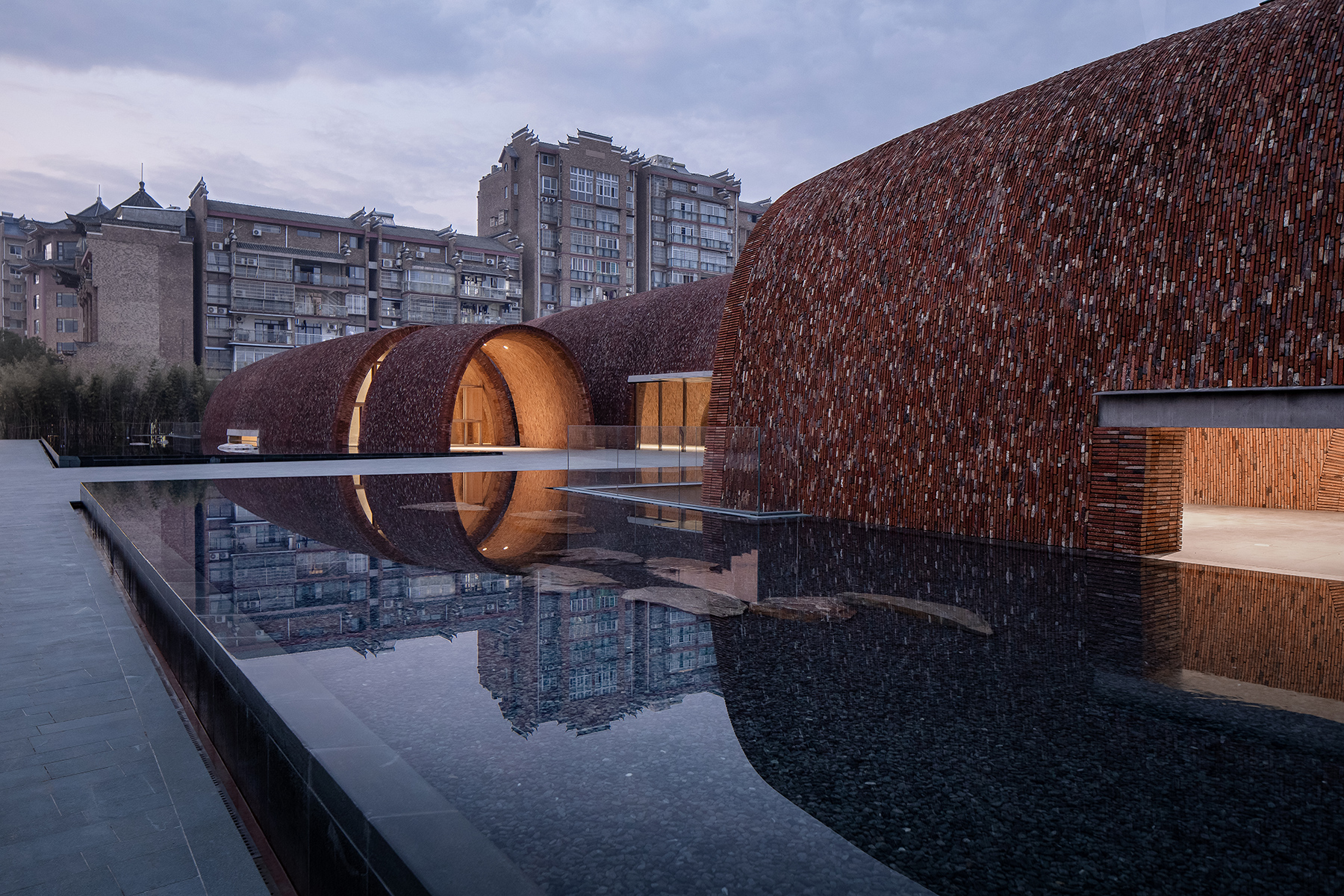
Ruins Of Zhuweiwei Kiln System.
Tips for Your Visit
- Best Time to Visit: Spring and fall offer mild weather and vibrant scenery, enhancing the overall experience.
- Local Cuisine: Don’t forget to indulge in local Jiangxi delicacies, known for their bold flavors and unique ingredients.
- Photography: The interplay of ruins and nature makes for stunning photographs, so be sure to bring your camera.
Conclusion
The Ruins of Zhuweiwei Kiln System are more than just remnants of a bygone era; they are a celebration of the artistry and ingenuity that defines Chinese culture. As you explore this captivating site, you’ll not only witness the beauty of ancient craftsmanship but also gain a deeper understanding of the cultural narratives that continue to resonate in modern times. Prepare to be inspired and enlightened on your journey through history!
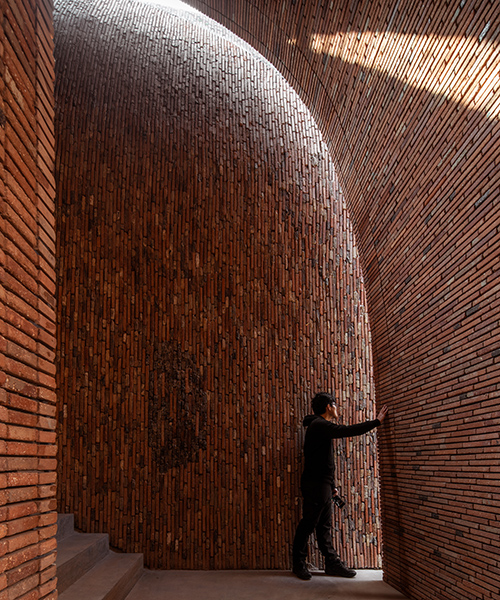
Ruins Of Zhuweiwei Kiln System.
The Rich History and Legends of Ruins Of Zhuweiwei Kiln System
The Ruins of Zhuweiwei Kiln System, nestled in the enchanting landscapes of southeastern China, are a testament to the nation’s rich porcelain-making heritage. This site, once a bustling hub for the production of exquisite ceramics, encapsulates centuries of artistry and cultural significance.
A Historical Overview
Dating back to the Ming and Qing Dynasties, the Zhuweiwei Kiln System was part of the larger Jingdezhen ceramic production network, renowned for its high-quality porcelain. Jingdezhen, often referred to as the “Porcelain Capital,” has a history spanning over a thousand years, and the Zhuweiwei Kiln played a pivotal role in this narrative. The kilns here were uniquely designed to withstand the high temperatures needed for firing porcelain, allowing artisans to create delicate and intricate pieces that would be sought after by both domestic and international markets.
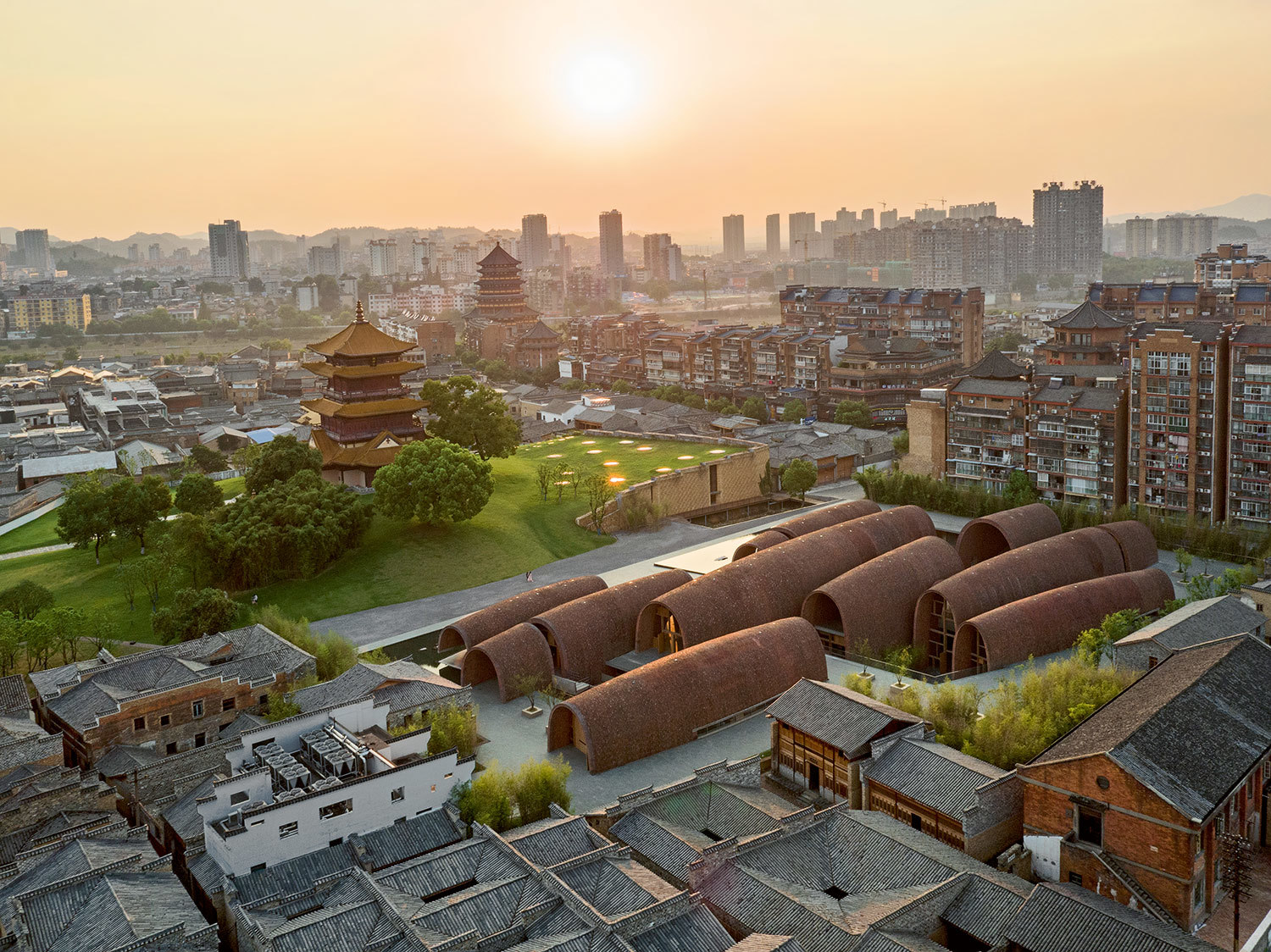
Ruins Of Zhuweiwei Kiln System.
The kilns themselves are a marvel of ancient engineering, utilizing a combination of wood and coal to generate the intense heat essential for firing porcelain. Archaeological excavations have uncovered not only the remnants of these kilns but also a treasure trove of artifacts, including shards of pottery that provide insight into the styles and techniques prevalent during their operational peak.
The Cultural Significance
Porcelain from the Zhuweiwei Kiln System was not merely utilitarian; it was steeped in cultural significance. These ceramics often featured intricate designs that depicted scenes from nature, mythical creatures, and historical narratives, reflecting the values and aesthetics of their time. The art of porcelain-making became a symbol of sophistication and refinement, making these wares highly coveted by the elite.
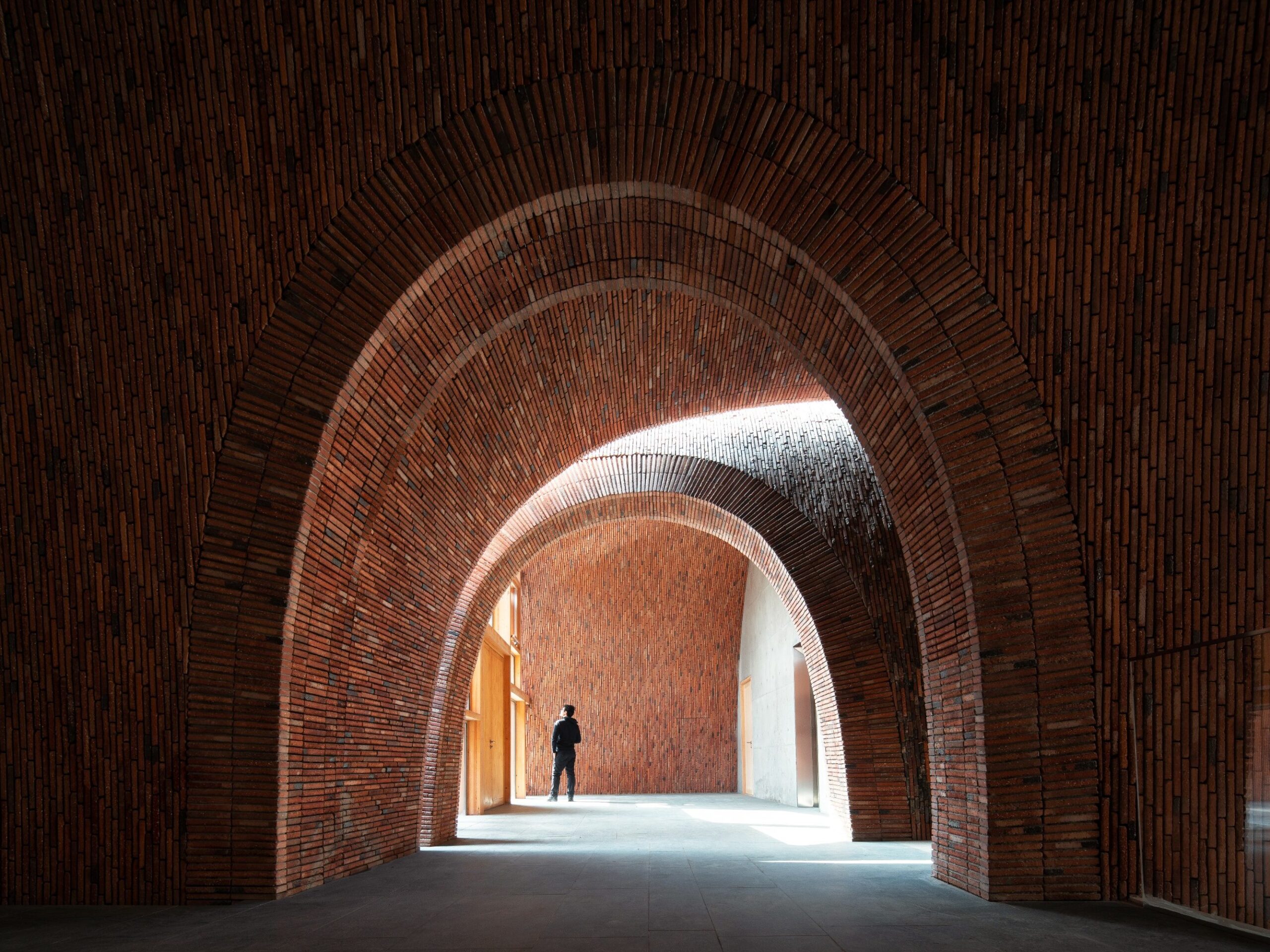
Ruins Of Zhuweiwei Kiln System.
Moreover, the porcelain produced here often carried legends and stories woven into its designs. For instance, many pieces were adorned with motifs of dragons and phoenixes, symbols of power and prosperity in Chinese culture. Such artistic choices were not random; they were imbued with meanings that conveyed wishes for good fortune and auspiciousness.
Legends of the Kilns
The Zhuweiwei Kiln System is also steeped in local legends that add to its mystique. One popular tale speaks of an ancient potter who, upon discovering a unique clay deposit near the river, was inspired to create the most exquisite porcelain the world had ever seen. It is said that his creations were so beautiful that they caught the eye of a passing emperor, leading to the rise of Zhuweiwei as a prominent kiln.
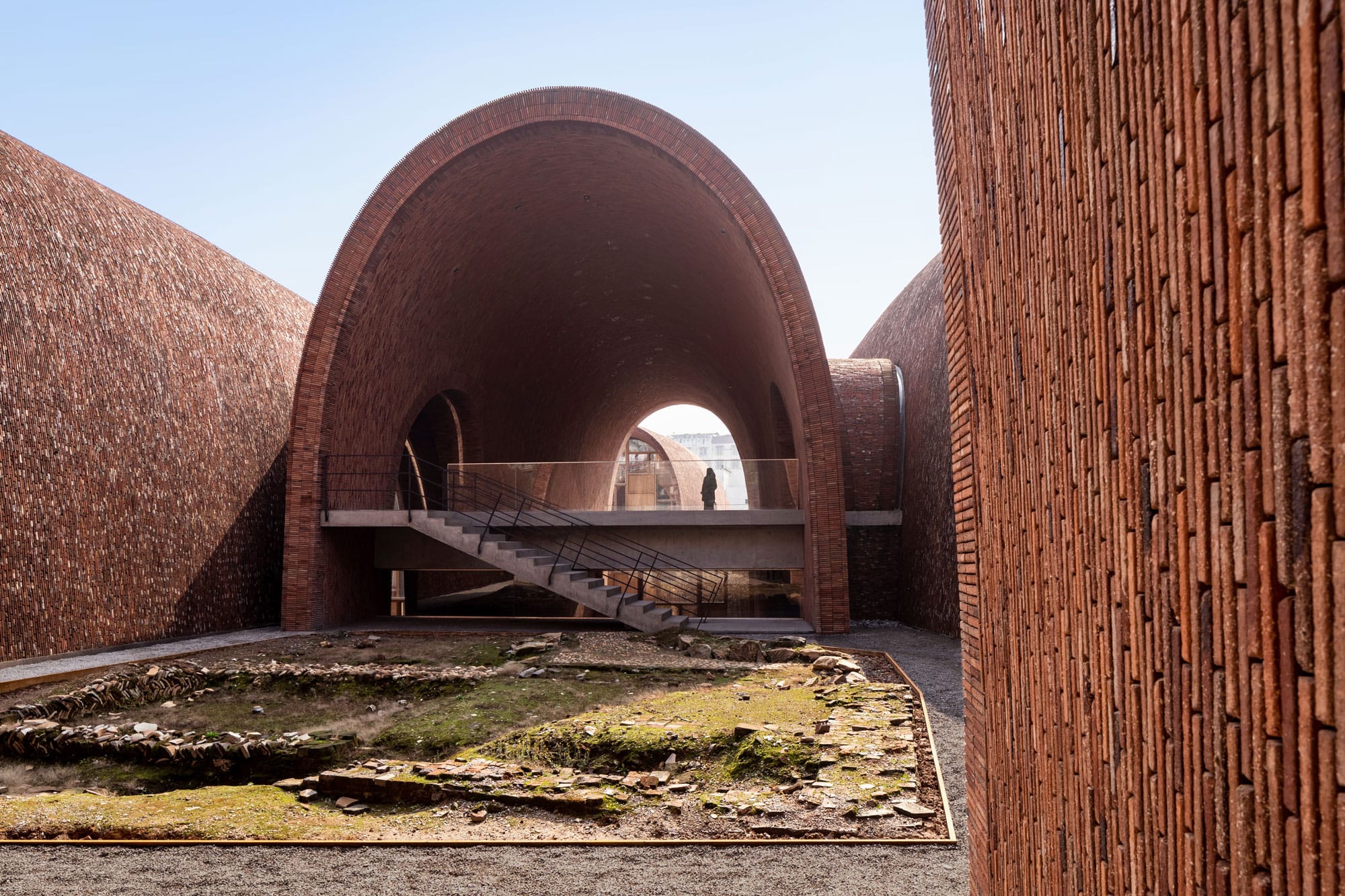
Ruins Of Zhuweiwei Kiln System.
Another legend tells of a guardian spirit, believed to protect the kilns and the artisans who toiled there. This spirit, often depicted as a benevolent dragon, was said to ensure that each piece fired in the kilns was imbued with luck and prosperity. Artisans would often leave offerings at the kiln sites, hoping to gain favor from this mythical protector, ensuring that their work would be met with success.
The Legacy Today
Today, the Ruins of Zhuweiwei Kiln System serve as a poignant reminder of China’s illustrious past in ceramic artistry. Visitors can wander through the remnants of the kilns, marveling at the scale and ingenuity of these ancient structures. The site now attracts scholars, art enthusiasts, and travelers eager to learn about the history and culture that shaped one of China’s most beloved crafts.
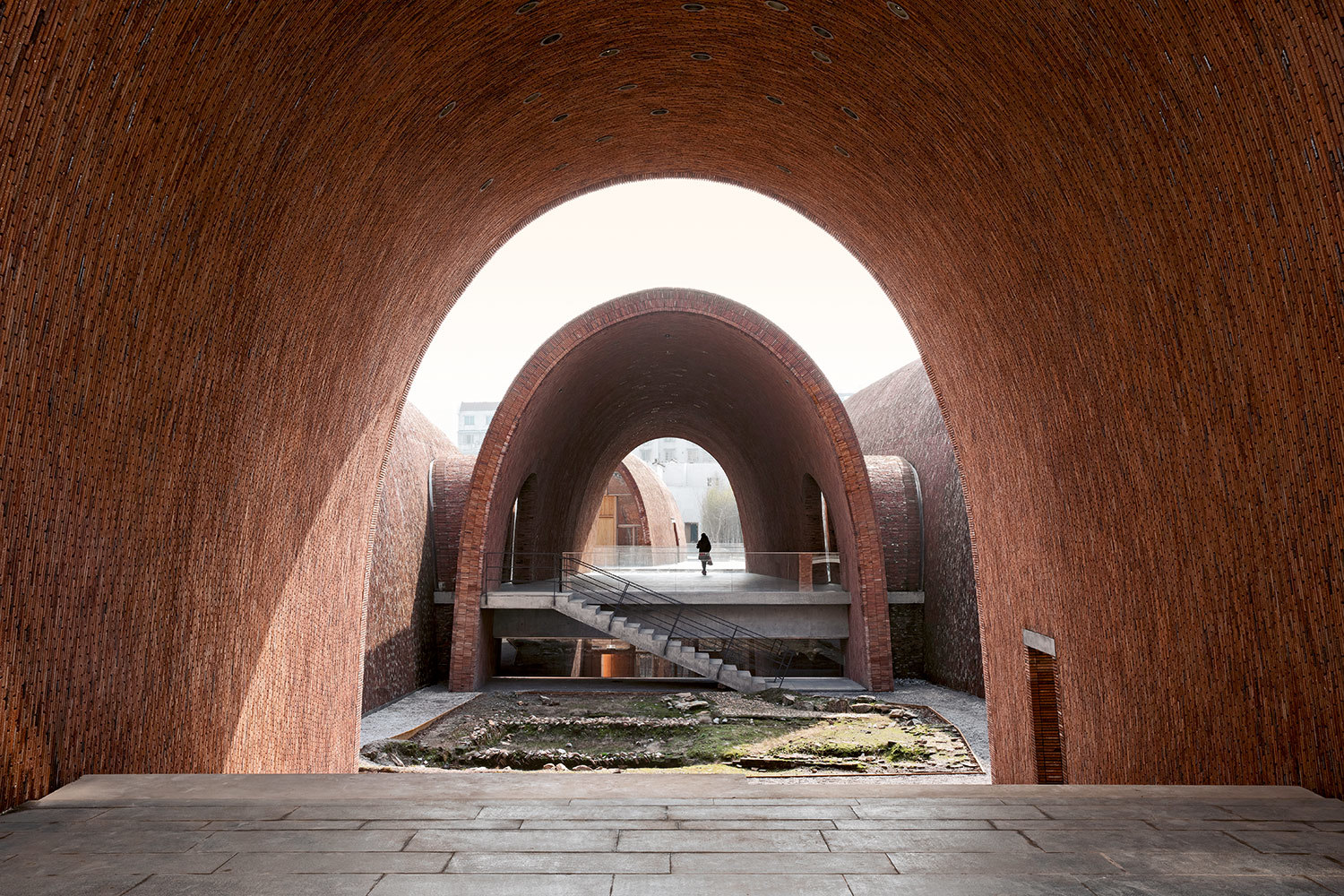
Ruins Of Zhuweiwei Kiln System.
In addition to the archaeological significance, the area has become a focal point for renewed interest in traditional porcelain-making techniques. Workshops and exhibitions often take place, allowing visitors to engage with artisans who continue to practice the age-old craft, bridging the past with the present.
In summary, the Ruins of Zhuweiwei Kiln System are not only an archaeological site but a living testament to the enduring legacy of Chinese porcelain. The stories, artistry, and craftsmanship that emerged from this region continue to resonate, inviting travelers to explore a rich tapestry of history and culture.
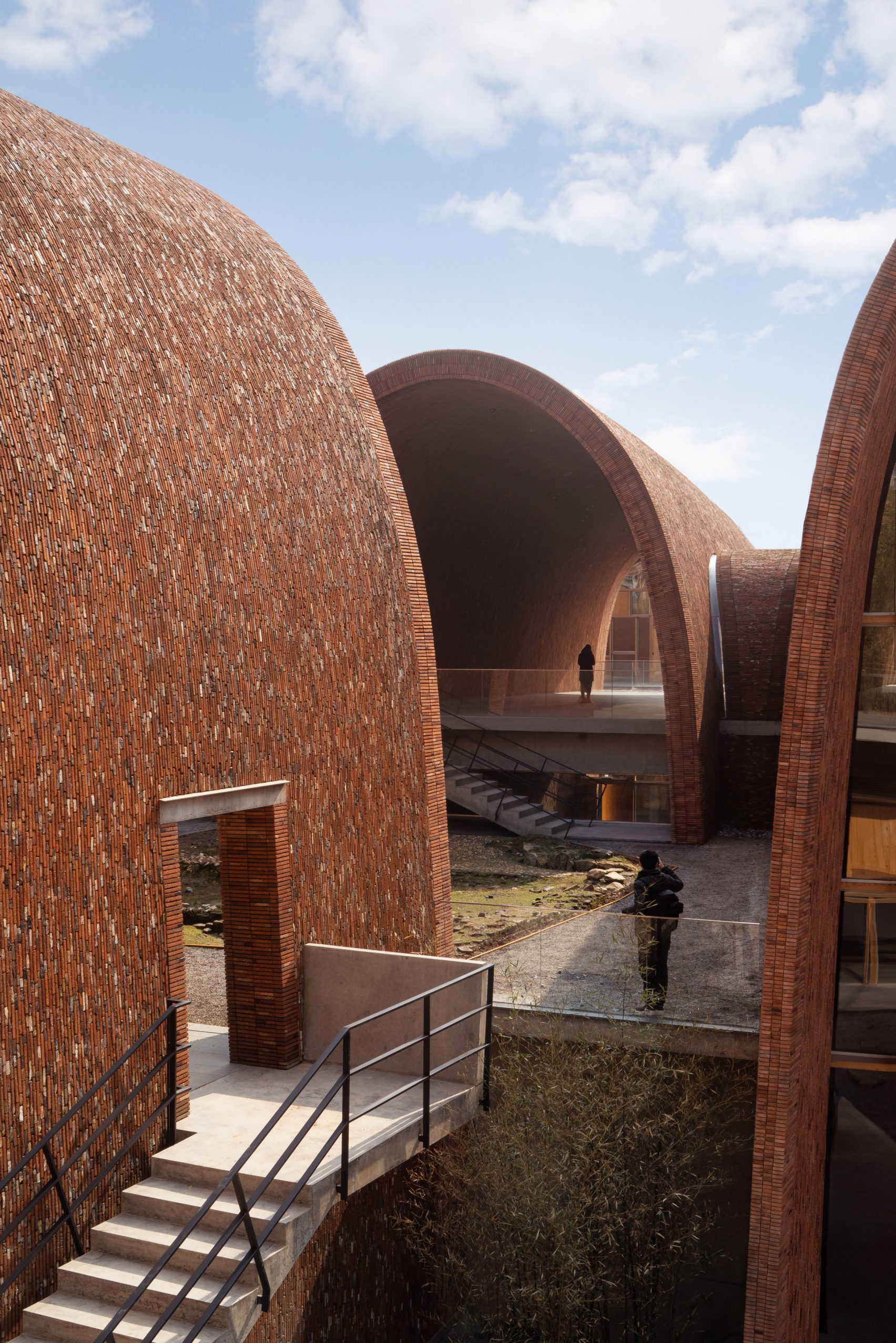
Ruins Of Zhuweiwei Kiln System.
Main Highlights: What You Absolutely Can’t Miss
Discover the Enchantment of Zhuweiwei Kiln System
The Ruins of Zhuweiwei Kiln System (筑卫城遗址和坛子山遗址) offer a fascinating glimpse into the rich history of Chinese ceramic production, particularly from the renowned Jingdezhen region. Here are the essential highlights that you absolutely cannot miss during your visit:
1. Historical Significance
Explore the Zhuweiwei Kiln, dating back to the Ming and Qing dynasties, which showcases the evolution of porcelain craftsmanship. This site is recognized as one of the earliest and most important kiln complexes in China, symbolizing the country’s long-standing tradition of ceramic artistry.
2. Architectural Marvels
Wander through the remnants of ancient structures and kilns. The kiln ruins themselves are an architectural wonder, reflecting the sophisticated techniques used by artisans centuries ago. Pay attention to the intricate brickwork and layout that reveal the operational processes of the time.
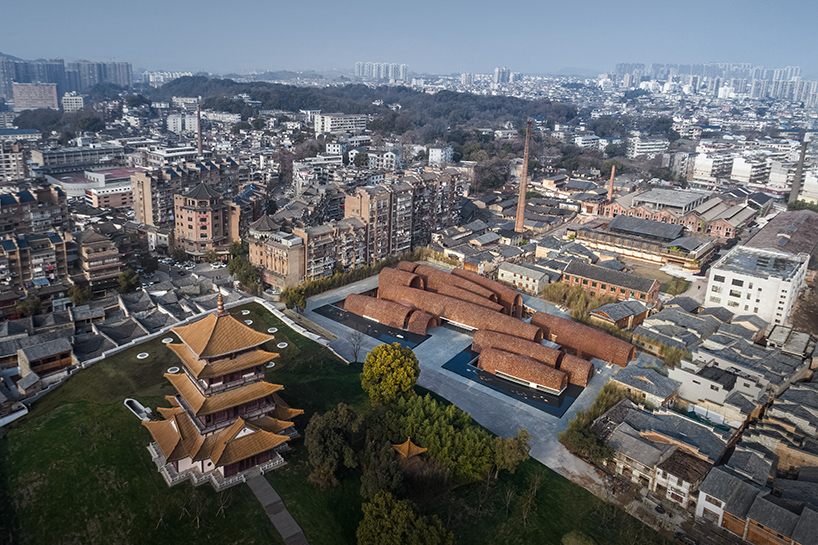
Ruins Of Zhuweiwei Kiln System.
3. Cultural Exhibits
Visit the accompanying museum or interpretation center, where artifacts unearthed from the site are displayed. These include exquisite porcelain pieces, kiln tools, and historical documents that narrate the story of Jingdezhen’s ceramic industry. Engaging exhibits enhance your understanding of how ceramics influenced daily life and trade.
4. Scenic Views
The site is surrounded by picturesque landscapes, making it an ideal spot for photography enthusiasts. Capture stunning views of the serene hills and lush greenery that frame the ruins, particularly during sunrise or sunset when the play of light offers a magical ambiance.
5. Guided Tours
Join a guided tour to gain deeper insights into the history and significance of the site. Knowledgeable guides will share captivating stories of the kiln’s operation, the artisans who worked there, and the cultural impact of Jingdezhen porcelain on both local and global scales.
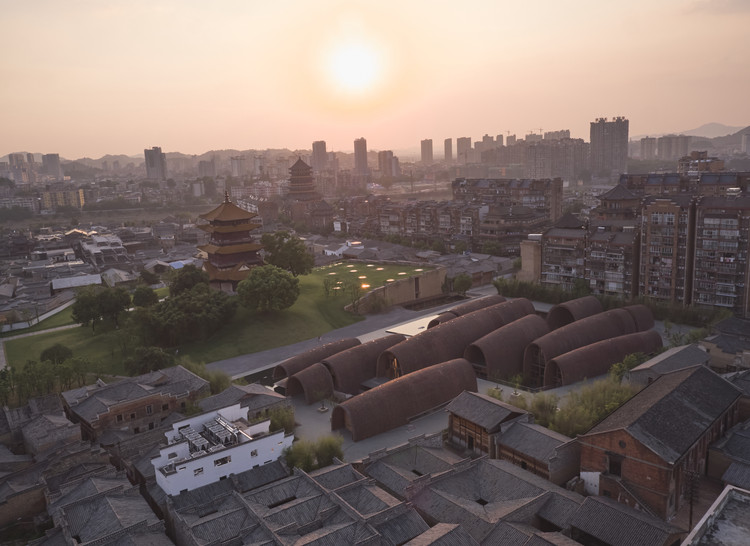
Ruins Of Zhuweiwei Kiln System.
6. Culinary Delights Nearby
After absorbing the history, indulge in local delicacies. Nearby eateries often serve traditional dishes that reflect the region’s culinary heritage. Be sure to try Dongjiang Salt-baked Chicken or braised pork with preserved vegetables, which are local favorites.
7. Local Crafts and Souvenirs
Don’t miss the chance to purchase authentic ceramic souvenirs from local artisans. These pieces not only celebrate the legacy of Jingdezhen but also support the contemporary craft community. Look for unique designs that resonate with the historical significance of the kiln system.
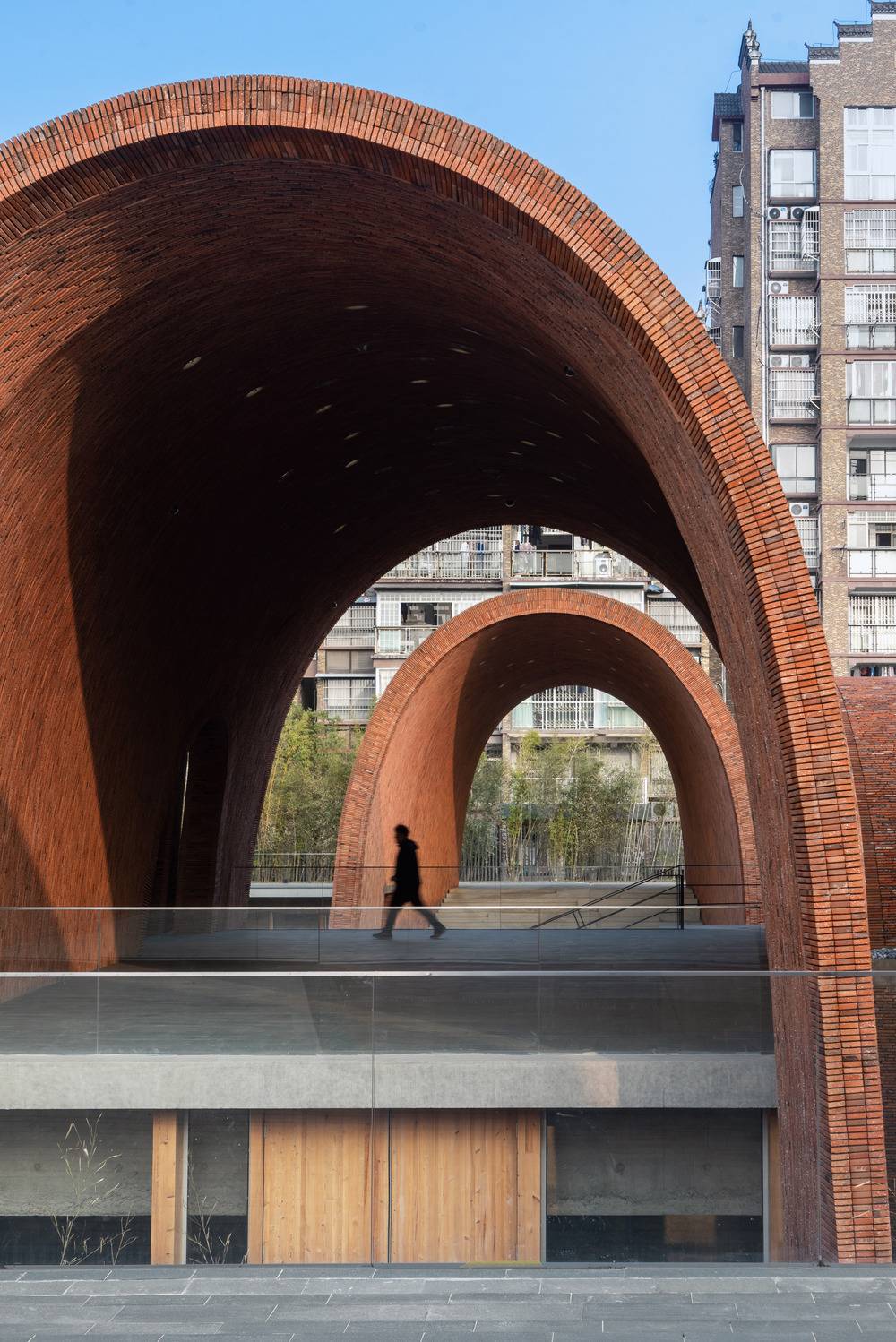
Ruins Of Zhuweiwei Kiln System.
8. Cultural Festivals
If your visit coincides with local festivals or events, such as the Jingdezhen International Ceramic Fair, it’s a must to partake in these vibrant celebrations of culture and craftsmanship. These events often feature workshops, exhibitions, and performances that highlight the enduring legacy of porcelain-making.
9. Nature Trails
For those who enjoy outdoor activities, consider exploring the nature trails that crisscross the area surrounding the ruins. These paths offer a chance to immerse yourself in the natural beauty of the region while reflecting on the historical significance of the site.
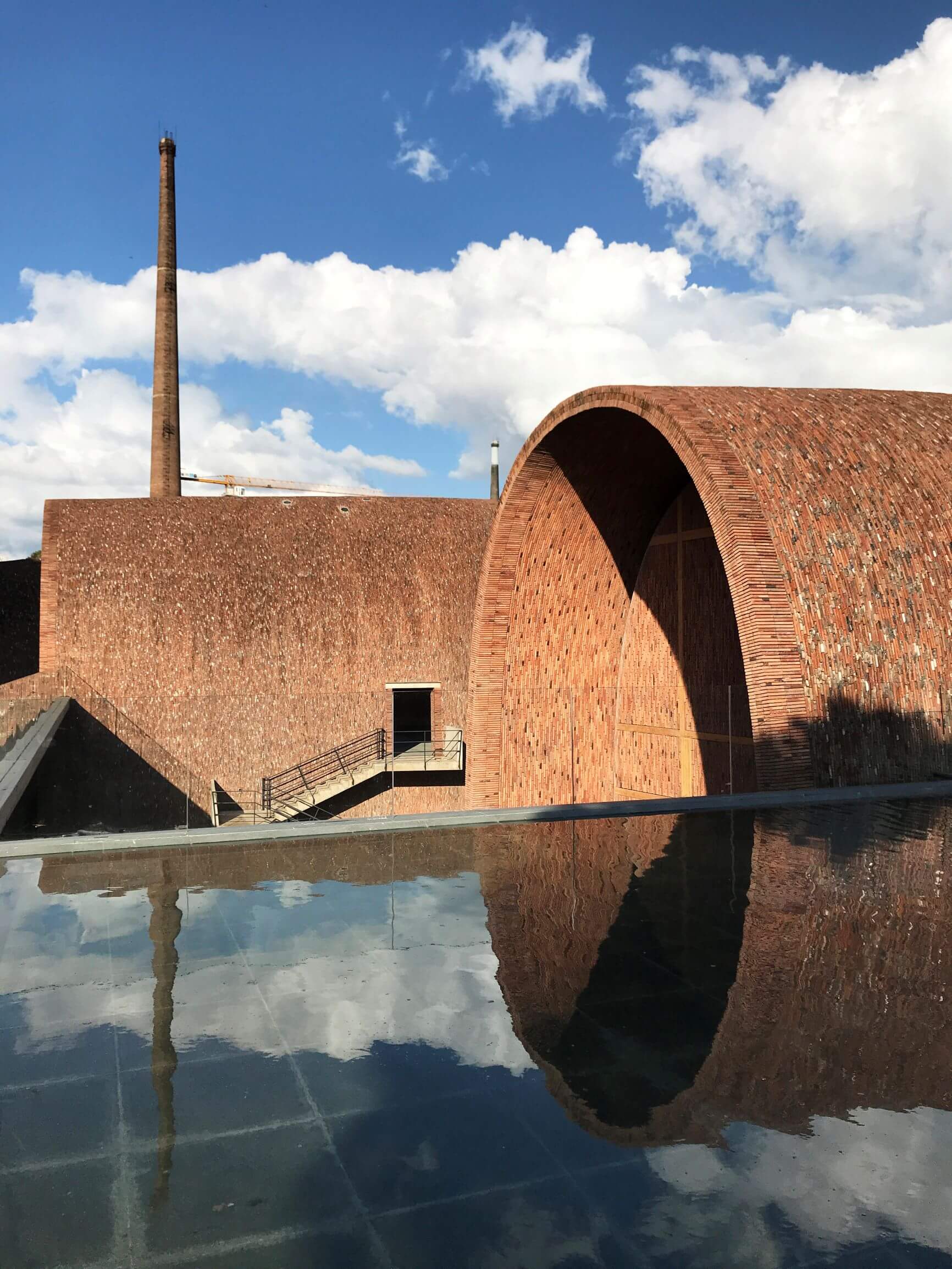
Ruins Of Zhuweiwei Kiln System.
10. Photography Opportunities
Finally, bring your camera! The juxtaposition of ancient ruins with the natural landscape provides countless opportunities for breathtaking photographs, whether you’re capturing the intricate details of the kilns or the expansive vistas.
Visiting the Ruins of Zhuweiwei Kiln System is not just an exploration of ancient history; it’s an immersive experience that connects you to the artistry and culture of China. Prepare to be enchanted by the stories these ruins tell, and make sure to take your time to soak in every moment of this historical treasure.
Planning Your Visit: A Practical Guide
Discovering the Ruins of Zhuweiwei Kiln System: Your Essential Travel Guide
Visiting the Ruins of Zhuweiwei Kiln System is a journey into the heart of China’s rich ceramic history. This ancient site, located in Jiangxi Province, is not only significant for its historical value but also for its stunning surroundings and cultural insights. Here’s how to plan your visit effectively.
Getting There
Location: The ruins are situated near Jingdezhen, a city renowned for its porcelain, often referred to as the “Porcelain Capital” of China.
Transportation:
– By Air: The nearest airport is Jingdezhen Luojia Airport, receiving flights from major cities in China.
– By Train: Jingdezhen Railway Station is well-connected to cities like Nanchang and Shanghai. From the station, you can take a taxi or local bus to the kiln site.
– By Bus: Long-distance buses run frequently to Jingdezhen from various cities in Jiangxi and beyond.
Best Time to Visit
The ideal time to explore the Zhuweiwei ruins is during the spring (March to May) and autumn (September to November) when the weather is mild, and the landscapes are breathtaking. The blooming flowers in spring and the colorful foliage in autumn enhance the scenic beauty of the region.
What to Expect
Historical Significance: The Zhuweiwei Kiln System dates back to the Ming and Qing dynasties and is integral to understanding the development of Chinese ceramics. The ruins provide insight into ancient production techniques and the evolution of porcelain artistry.
Exploration Tips:
– Wear Comfortable Shoes: The site involves walking over uneven terrain, so sturdy footwear is recommended.
– Guided Tours: Consider joining a guided tour to gain deeper insights into the history and significance of the kilns. Knowledgeable guides can enrich your experience with stories and facts that bring the ruins to life.
– Photography: Capture the ruins from various angles, especially during the golden hours of sunrise and sunset for stunning lighting.
Nearby Attractions
While in the area, don’t miss these additional sites:
- Jingdezhen Porcelain Museum: A fascinating place to learn about the history and art of porcelain making.
- Old Kiln Museum: Explore ancient kilns and their historical significance in porcelain production.
- Yaoli Ancient Town: A charming town nearby featuring traditional architecture and beautiful natural scenery.
Local Cuisine
Indulge in local flavors during your visit:
– Jingdezhen Clay Pot Rice: A local specialty that showcases the region’s culinary traditions.
– Mango Sticky Rice: A delightful dessert that combines tropical flavors with sweet rice.
– Tea: Sample local teas, particularly the famous green tea from the region.
Recommended Accommodations
- Luxury: Jingdezhen International Hotel offers modern amenities and is well-located for exploring the city.
- Mid-range: Kangdi International Hotel provides comfortable rooms with stunning views of the surrounding mountains.
- Budget: 7 Days Inn is a cost-effective option that maintains good standards of cleanliness and comfort.
Practical Tips
- Cash and Cards: While many places accept credit cards, having cash on hand is advisable for small vendors and rural areas.
- Language: English is not widely spoken, so downloading a translation app can be helpful.
- Local Etiquette: Familiarize yourself with basic Chinese etiquette, such as greeting with a smile and using both hands when giving or receiving items.
Final Thoughts
The Ruins of Zhuweiwei Kiln System offer not just a glimpse into China’s historical craftsmanship but also an opportunity to immerse yourself in the rich culture of Jingdezhen. By following this guide, you can ensure a well-rounded experience filled with discovery, beauty, and taste. Enjoy your journey into the heart of porcelain heritage!
Tickets: Prices, Booking, and Tips
Exploring the Ruins of Zhuweiwei Kiln System: Ticket Information and Travel Tips
Visiting the Ruins of Zhuweiwei Kiln System (筑卫城遗址和坛子山遗址) is a remarkable experience that allows you to delve into China’s rich ceramic history. This ancient site, renowned for its traditional porcelain crafts, attracts history buffs and culture enthusiasts alike. Here’s everything you need to know about tickets, booking, and tips for your visit.
Ticket Prices
-
General Admission: The standard ticket price is 30 RMB per person. This fee grants you access to the ruins and various informational exhibits that detail the site’s historical significance.
-
Student Discounts: Full-time students can enjoy a reduced rate of 15 RMB. Ensure you carry your student ID for verification at the entrance.
-
Group Discounts: If you are traveling with a group of over 10 people, inquire about group discounts, which may lower the overall cost per person.
-
Children: Children under the age of 12 can enter for free, making this a fantastic family-friendly destination.
Booking Tickets
-
Online Reservations: Tickets can be conveniently booked through several travel platforms like Trip.com or the official site of the Jingdezhen Imperial Kiln Museum. It is recommended to book in advance, especially during peak tourist seasons (April to October).
-
On-Site Purchase: If you prefer spontaneity, tickets can also be purchased directly at the entrance. However, be prepared for potential queues, especially on weekends and public holidays.
Tips for Your Visit
-
Best Time to Visit: Early morning or late afternoon is ideal for avoiding the crowds and enjoying the site in cooler temperatures. Spring (April to June) and autumn (September to November) offer the most pleasant weather.
-
Guided Tours: Consider joining a guided tour for a richer understanding of the historical context and significance of the kiln system. Local guides are often available at the entrance or can be booked in advance through various travel agencies.
-
What to Bring: Don’t forget to bring comfortable walking shoes, a hat, sunscreen, and a water bottle. The site involves some walking and exploration, so staying hydrated is key.
-
Explore Nearby Attractions: After visiting the ruins, take the opportunity to explore the nearby Jingdezhen Imperial Kiln Museum, which showcases the evolution of ceramic art and offers hands-on experiences.
-
Local Cuisine: Don’t miss trying some local delicacies in Jingdezhen. Look for restaurants that serve Jingdezhen-style dumplings or ceramic-themed dishes to enhance your cultural experience.
By planning ahead and knowing what to expect, your visit to the Ruins of Zhuweiwei Kiln System can be both enriching and enjoyable. Immerse yourself in the beauty of ancient Chinese ceramics and absorb the atmosphere of one of the nation’s historical treasures.
How to Get There: A Complete Transportation Guide
Navigating to the Ruins of Zhuweiwei Kiln System
The Ruins of Zhuweiwei Kiln System (筑卫城遗址和坛子山遗址), nestled in the historic city of Jingdezhen, Jiangxi Province, are a testament to China’s rich ceramic heritage. Getting to this fascinating site is relatively straightforward, but understanding your transport options will enhance your journey. Here’s a comprehensive guide to ensure you arrive comfortably and efficiently.
1. By Air
Nearest Airport:
– Jingdezhen Luojia Airport (JDZ): This is the closest airport, located approximately 10 kilometers from the city center. It offers domestic flights primarily from major cities like Beijing, Shanghai, and Guangzhou.
Airport Transfer:
– Taxi: The most convenient option, taking about 20 minutes to reach the city center. Fares typically range from 30 to 50 RMB.
– Airport Shuttle: Available to major hotels and the city center, providing a cost-effective alternative.
2. By Train
Train Stations:
– Jingdezhen Railway Station: Serves as the main hub for high-speed trains, connecting Jingdezhen with cities such as Nanchang, Hangzhou, and Shanghai.
Travel Tips:
– Buying Tickets: Tickets can be purchased at the station or online via platforms such as Ctrip or 12306.cn. It’s advisable to book in advance, especially during peak travel seasons.
– From the Station to the Kiln Ruins: Taxis are readily available outside the station. Alternatively, you can take Bus No. 6 or No. 7 directly to the city center and transfer to local routes heading towards the kiln ruins.
3. By Bus
Long-Distance Buses:
– Jingdezhen Bus Station: Services various routes connecting to nearby cities and provinces. Look for buses from Nanchang, for instance, which runs frequently throughout the day.
Local Buses:
– Use local buses to navigate Jingdezhen. Routes such as Bus No. 2 and No. 5 can take you to points closer to the kiln site.
4. By Car
Driving:
– If you prefer the freedom of a rental car, Jingdezhen is accessible via several highways, including the G56 and G70 expressways. The drive from Nanchang takes approximately 2 to 3 hours, depending on traffic.
Parking:
– Ensure to familiarize yourself with local parking regulations. There are parking lots near the kiln ruins, but spaces can fill up quickly during tourist seasons.
5. Local Transportation in Jingdezhen
Getting Around:
– Taxis: Widely available and reasonably priced, making them a comfortable option for short distances.
– Ride-Sharing Apps: Services like Didi are popular and convenient for navigating the city.
– Bicycle Rentals: For the adventurous traveler, consider renting a bicycle to explore Jingdezhen’s scenic spots at your own pace.
Final Thoughts
Visiting the Ruins of Zhuweiwei Kiln System is not just an exploration of ancient craftsmanship but also a journey into the heart of Chinese history. Whether you arrive by air, train, or road, each mode of transportation brings you closer to understanding the significance of this historical site. With this transportation guide, you’re well-equipped to embark on your adventure to one of China’s most fascinating cultural landmarks. Safe travels!
Local Cuisine and Accommodation Nearby
When visiting the Ruins of Zhuweiwei Kiln System, immersing yourself in the rich local cuisine and finding comfortable accommodations can elevate your experience. This area is not only steeped in history but also offers delightful culinary treasures and cozy places to stay.
Culinary Delights
The local cuisine is a reflection of the region’s rich agricultural heritage and vibrant culinary traditions. Here are some must-try dishes during your visit:
-
Braised Pork with Preserved Vegetables: A local favorite, this dish features tender pork slow-cooked with preserved vegetables, resulting in a rich, savory flavor that melts in your mouth.
-
Dongjiang Salt-Baked Chicken: Renowned for its crispy skin and succulent meat, this dish is a must-have. The chicken is typically seasoned with aromatic herbs and spices, making it a flavorful highlight of any meal.
-
Stuffed Tofu: Silky and tender, this dish combines the freshness of tofu with a savory filling, offering a delightful blend of textures and flavors.
-
Seafood Specialties: Being close to the coast, the area boasts an array of seafood dishes. Don’t miss trying freshly caught seafood prepared in various styles, from steaming to stir-frying.
-
Local Noodles: Sample the famous Hengli Soup Noodles, known for their rich broth and smooth noodles—perfect for a comforting meal after a day of exploration.
Accommodation Options
After savoring the local flavors, retreat to one of the nearby accommodations that cater to a variety of tastes and budgets:
-
Huizhou Kande International Hotel: This luxurious hotel offers spacious rooms with stunning city views. Its central location makes it a perfect base for exploring the ruins and local attractions, while amenities like a rooftop pool provide a relaxing end to your day.
-
Aishu·Baima Riverside Homestay: For a more homely touch, this quaint homestay is situated next to a serene reservoir. Enjoy the tranquility of nature, complete with private hot spring baths and beautiful flower gardens.
-
Le Méridien Xiaojingwan: If you’re looking for a hotel that combines comfort with breathtaking views, this option features an infinity pool overlooking the sea and direct access to the beach. It’s an ideal spot for unwinding after a day of sightseeing.
-
Haishang Wanpan Homestay: Located near Xunliao Bay, this charming homestay allows guests to enjoy the soothing sound of waves and stunning ocean views. It’s perfect for travelers seeking a peaceful retreat.
Conclusion
Combining the rich culinary heritage with comfortable accommodations ensures that your visit to the Ruins of Zhuweiwei Kiln System will be both enlightening and enjoyable. Whether you’re indulging in the local flavors or resting in a cozy setting, this journey through history and culture will undoubtedly leave a lasting impression.
Frequently Asked Questions
Frequently Asked Questions
1. What is the Zhuweiwei Kiln System?
The Zhuweiwei Kiln System, located in the Jiangxi province of China, is an archaeological site that showcases the remnants of ancient porcelain manufacturing. This site is part of the rich history of Jingdezhen, known as the “Porcelain Capital,” where exquisite ceramics have been produced for centuries.
2. When is the best time to visit the site?
The ideal time to visit the Ruins of Zhuweiwei Kiln System is during spring (April to June) and autumn (September to November). During these seasons, the weather is mild and pleasant, making it perfect for exploring the outdoor ruins and enjoying the surrounding landscapes.
3. How do I get to the Zhuweiwei Kiln System?
The site is accessible via public transportation or by car. If you are starting from Jingdezhen, you can take a local bus or taxi to the site, which is approximately 30 minutes away. For those traveling from major cities, consider taking a train or flight to Jingdezhen and then proceeding to the kiln site.
4. Are there any guided tours available?
Yes, there are guided tours available at the Zhuweiwei Kiln System. These tours provide valuable insights into the history and significance of the site, as well as the ancient techniques used in porcelain production. It is advisable to book a tour in advance, especially during peak tourist seasons.
5. What can I expect to see at the site?
Visitors can explore the remains of kilns, ancient pottery shards, and other artifacts that highlight the craftsmanship of past generations. The site also offers stunning views of the surrounding countryside, making it a perfect spot for photography enthusiasts.
6. Is there an admission fee to visit the Zhuweiwei Kiln System?
Currently, there is no admission fee to access the ruins of the Zhuweiwei Kiln System. However, it’s always a good idea to check for any updates or changes in policies before your visit.
7. Are there facilities available for visitors?
While the site itself is primarily an archaeological area, there are basic facilities nearby, including restrooms and a small visitor center. For a more comfortable experience, consider bringing your own refreshments and sun protection, especially during hot weather.
8. How does the Zhuweiwei Kiln System fit into the broader context of Chinese history?
The Zhuweiwei Kiln System is integral to understanding the development of porcelain production in China, particularly during the Ming and Qing dynasties. This site reflects the innovative techniques and artistic expressions that have made Chinese ceramics highly prized around the world, thus contributing to the rich tapestry of Chinese cultural heritage.
Final Thoughts on Your Trip
As you wrap up your journey to the Ruins of Zhuweiwei Kiln System, take a moment to reflect on the rich tapestry of history, culture, and artistry that this site embodies. The remnants of the ancient kilns serve as a testament to the incredible craftsmanship that has thrived in this region for centuries, offering a unique window into the past.
Embrace the Legacy
The Zhuweiwei Kiln System is not just a collection of ruins; it is a symbol of the enduring legacy of Chinese porcelain, a craft that has transcended time and borders. As you walk among the remnants, imagine the artisans who once toiled here, their hands shaping clay into exquisite forms that would grace tables across the world.
Connect with the Culture
In addition to the kilns, the surrounding area is rich with cultural experiences waiting to be explored. Engage with local artisans, taste traditional dishes that have been passed down through generations, and participate in workshops that allow you to create your own pieces inspired by the ancient techniques. Each interaction will deepen your understanding of the region’s history and its ongoing narrative.
Reflect and Rejuvenate
Allow the serene landscapes and historical ambiance to rejuvenate your spirit. Whether you find solace in the quiet of the ruins or the vibrant energy of local markets, take this opportunity to connect with yourself and nature. The Ruins of Zhuweiwei Kiln System is a place where the past and present coexist, offering a tranquil space for reflection and inspiration.
Your Journey Continues
As you leave this remarkable site, carry with you the stories and the beauty you have encountered. Let the experiences you’ve gained influence your travels ahead, enriching your appreciation for the intricate history and culture of China. The adventure does not end here; it merely unfolds into new territories waiting to be explored.
In the heart of Zhuweiwei, you have not only discovered the ruins of a kiln but also ignited a passion for the enduring artistry that defines this vibrant culture. Safe travels, and may your explorations lead you to many more captivating destinations!